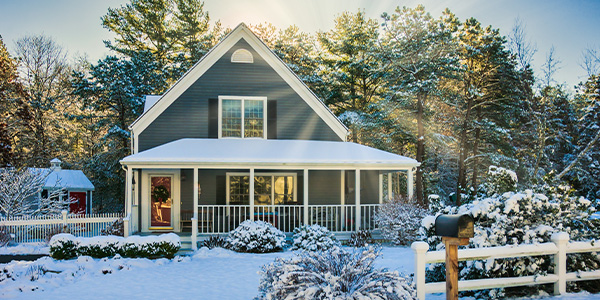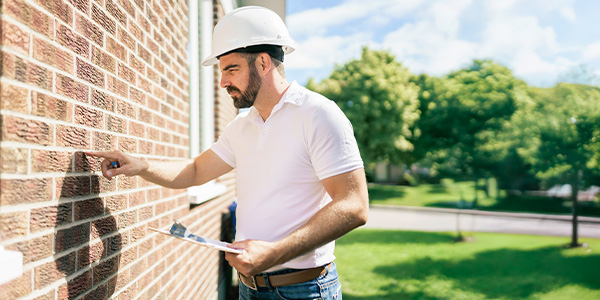Homebuyers
First-Time Homebuyer Alert: Six Smart Ways to Come Up with a Down Payment for a Home
August 2, 2024
There isn't just one right way to afford a down payment on a home.
Coming up with all the cash required to purchase a first home can be intimidating, especially as home prices continue to rise in many parts of the country. Many would-be buyers struggle to save up money while juggling student and credit card debt, car payments, rent, and other bills.
However, there are many ways you can begin to put together a down payment for a house—and it may not cost you nearly as much upfront as you may have feared. There are ways you can increase savings, low down payment loans available, and funds you may be eligible for that can help you purchase a home.
One of the biggest myths that continues to stymie first-time homebuyers is that a 20% down payment is required to purchase a home. While putting down that much may allow you to avoid paying private mortgage insurance (PMI) every month, making a down payment that large is often not a necessity.
"While homebuyers should save for the upfront costs of purchasing a home, including their down payment, most will not need nearly that much," said Rob Chrane, the CEO of Down Payment Resource.
The type of mortgage you secure, where you're buying a home, and your personal financial information, such as your credit score, all typically factor into how large your down payment must be.
There are many ways to afford your down payment
1. Find ways to increase your income
If you're hoping to purchase a home, it doesn't hurt to consider additional ways to earn money. This could include looking for a new job or finding a part-time gig.
In June, U.S. workers who switched jobs received a pay increase of 7.7% compared to just 4.9% for workers who stayed in their current positions, according to ADP.
Everything you enjoy doesn't need to be turned into a side hustle, but taking on side gigs can also help you save for your down payment faster.
2. Use down payment assistance (DPA) programs
First-time homebuyers may also want to look into securing free money they can put toward buying a home.
Every county in the U.S. has at least one down payment assistance program, according to Down Payment Resource. More than 2,000 counties have 10 or more programs.
The typical buyer received an average of $17,000, according to Down Payment Resource.
"Many DPA programs also allow buyers to layer multiple programs," said Chrane. "Assistance amounts can range from thousands of dollars to six figures, with higher cost markets typically offering more assistance."
New American Funding's Pathway to Homeownership program offers up to $6,000* in extra money to qualified borrowers in select areas.
3. Know your home loan options
Different loan options have different down payment requirements.
U.S. Department of Veterans Affairs mortgages, aka VA loans, don't require down payments. That's right. VA loans are available to military service members, veterans, and their families.
There is also no down payment requirement for U.S. Department of Agriculture mortgages, also known as USDA loans. These are location-based loans that are available in certain areas. Many USDA-eligible properties are located in the suburbs just outside of major cities.
Federal Housing Administration (FHA) loans are popular with first-time homebuyers because of their lower down payment requirement, typically 3.5%.

4. Track your spending
You don't have to save every bit of extra money that you make. However, tracking your spending habits through budgeting can help you make more intentional choices.
You can still buy the iced latte, just do it mindfully. Ask yourself what's worth the splurge—and what's going into the home fund.
5. Help your saved money grow
Using a high-yield savings account can help you make the most of the money you're saving up for your down payment. Your money will continue to grow as it sits in the account.
Dedicating a separate account just for your down payment also makes it easy to track your progress. You can add extra cash to the fund to help it grow, such as bonuses, gift money, tax refunds, or other money that isn't part of your regular income.
In addition, it's less tempting to pull from that account to pay for other things.

6. Ask your community for support
Many first-time homebuyers receive help from their family and friends.
If your community has the extra money and is willing to support you, you can ask for a financial contribution for a birthday or anniversary instead of a physical gift.
Crowd-sourcing has also become a more widely used way of using a support network to afford larger expenses.






 Smart Moves Start Here.
Smart Moves Start Here.